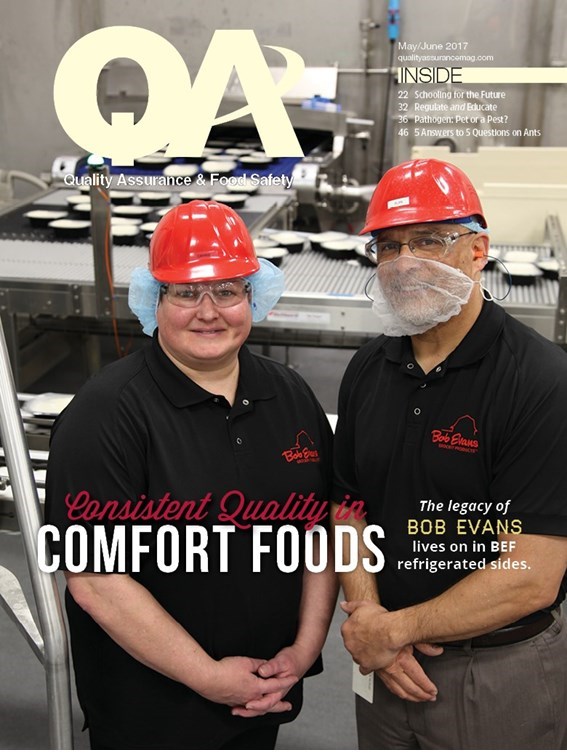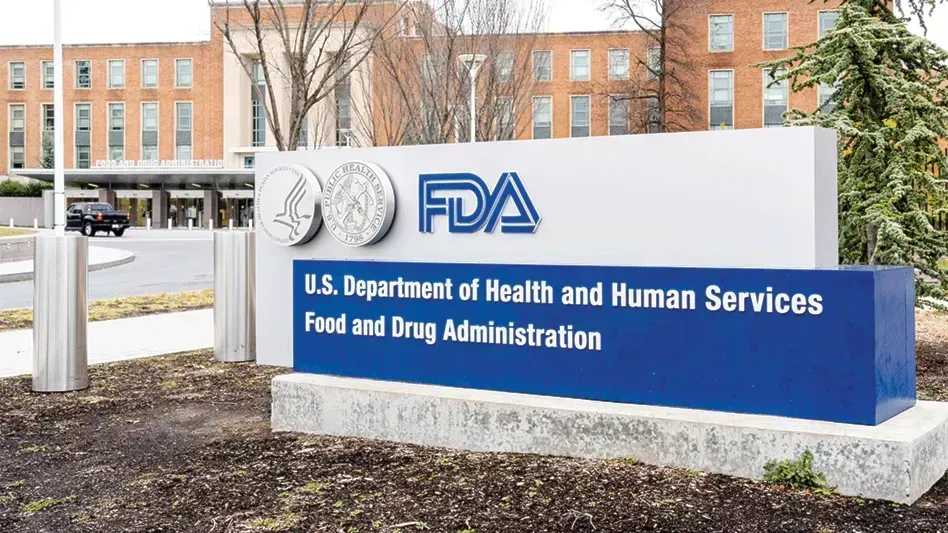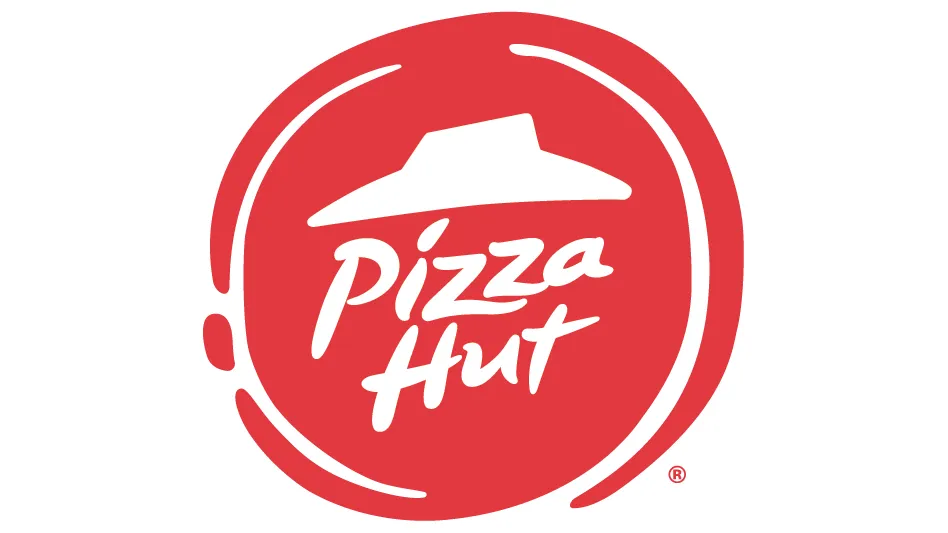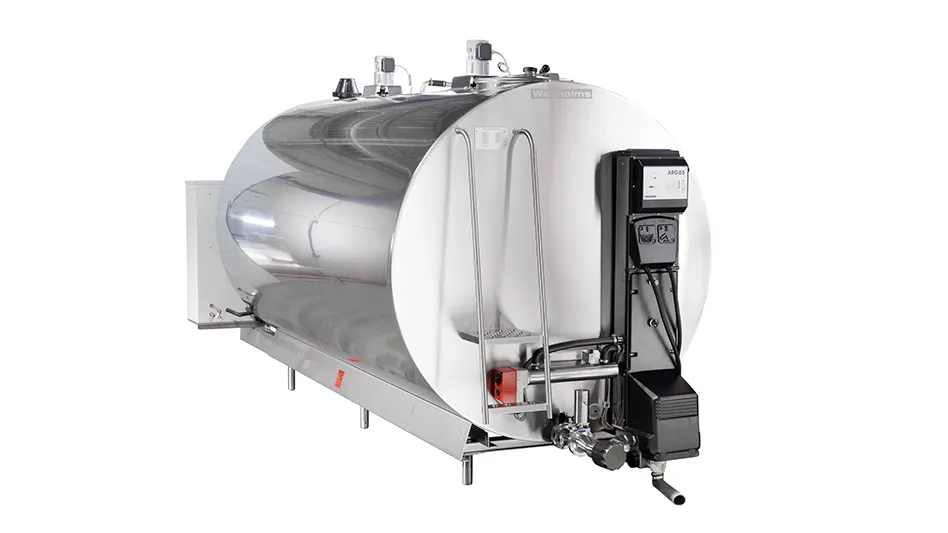
By Lisa Lupo
With FSMA’s Preventive Controls rule in full effect for all except small and very small facilities, FDA is conducting inspections according to the new rules. But, while facilities should expect a very regulatory approach to be taken with a primary focus on environmental swabbing and records review, facilities that have undergone the new inspections are verifying that the FDA “investigators” (terminology that FDA is beginning to emphasize instead of inspectors) are following the agency’s principle to “educate before and while we regulate.”
FROM THE PLANT FLOOR. “What we’ve heard is that FDA is being very consistent with what they said they would do and what they are doing,” said Hogan Lovells Counsel Elizabeth Fawell in a presentation at the GMA Science Forum in April. Expect the investigators to take a very regulatory approach to the inspection, and be sure your food safety plan is written, well-designed, defensible, and implemented, she said. “FDA is asking for records — if you don’t have the records, it is a deficiency.” Additionally, the investigators are expecting the plant manager to be able to explain and justify the plan.
With that said, FDA understands that there is a learning curve for everyone, which is evidenced by the fact that many of the investigators are, literally, carrying with them Appendix 1 (Hazard Analysis and Risk-Based Preventive Controls for Human Food: Draft Guidance for Industry) and following it for the inspection, Fawell said.
McCormick has had two Preventive Controls inspections, said co-presenter McCormick Americas Senior Quality Systems Manager Jill Hoffman; one at its primary facility in Hunt Valley, Md., and one at a smaller Mohave Foods plant in California where FDA conducted a “FSMA-lite” inspection. Both were relatively amicable, with the investigators being easy to work with. “If you can ever describe an FDA inspection as pleasant, this would be the closest to that,” she said.
Hoffman affirmed Fawell’s statement that the investigators followed the guidance document for the inspection, with a key focus on the hazard analysis tables. “They used Appendix 1 extensively in their inspection,” she said. The investigators also had gone through the Preventive Controls Qualified Individual (PCQI) training that is required of facilities, so they also referenced that at times.
The investigators did ask some somewhat strange questions considering McCormick’s spice business, she said, such as “Do you have any types of animal feeds?” and “Do you ship any materials under temperature controls?” But Hoffman saw it as an aspect of the learning curve with investigators ensuring that they understood the facility’s food safety controls. The investigators also reached out to fellow subject matter experts from time to time, but, Hoffman said, they always explained why when they did so.
In addition to reviewing records, the investigators collected lots of records, she said. In fact, rather than trying to list the records they took, it would be easier to say what they didn’t take. But, she added, it seemed that these were being collected primarily for FDA’s later review to help the agency determine how well the industry is understanding the rule and how well facilities are following its provisions.
This expectation was verified by FDA Senior Science Advisor Mickey Parish in a separate presentation who said that the initial PC inspections are focused on education, training, and technical assistance so that FDA can understand where the gaps lie and how to move forward with inspections and enforcement. “We are working with the industry to create the food safety culture that we’ve heard so much about in the last few years,” Parish said.
While there was a strong focus on recordkeeping and review, the investigators were flexible with the food safety plan, but they will be more critical on a second inspection. “It really was an educate and regulate session; the commitment to that really did resonate,” Hoffman said.
One caution put forth by PepsiCo Legal Senior Director of Food Safety and Regulatory Cindy Kruger is that large companies should not assume that the food safety programs they had in place meet (or exceed) the requirements of FSMA. PepsiCo is the largest food company in the U.S. and had a strong food safety program in existence. But even with more than 300 people working on FSMA preparation for the past year — many full time — and 630 people PCQI trained, there were still areas which needed work. Her team continues to conduct mock audits to determine compliance, she said. “Every time you do a mock audit, you will find issues and improvements needed.”
As such, PepsiCo holds regular meetings to keep FSMA top of mind, has sent letters to suppliers reminding them of FSMA requirements, and asks that all workers follow the maxim: “See something; say something.”

FROM THE FDA. Also speaking at the session was FDA CFSAN Division of Enforcement Supervisory Consumer Safety Officer Priya Rathnam, who explained that FDA is conducting two types of inspections: the Preventive Controls (PC) inspection and a modernized GMP inspection — what Fawell referred to as PC Lite.
“We can’t do full PC inspections at all facilities, or even the 750 targeted for the first year,” Rathnam said. So while the GMP inspection also is training based, it is conducted primarily to find red flags for pathogen or allergen controls. Of the 190 GMP inspections conducted thus far, 185 were “No Action Indicated (NAI)”; that is, no objectionable conditions or practices were found or did not justify further actions.
“We’re trying to get away from issuing 483s unless there are really significant findings,” she said. (Form 483s are issued when the observed conditions or practices indicate that a product may violate FDA requirements.) Rather, she said, to “educate before and while we regulate,” investigators are asking open-ended questions during this initial phase to provide mutual education.
The standard timeframe for a full PC inspection is 22 hours, with a for-cause inspection likely to be longer. So, inspections are averaging about a week, she said, or more if environmental swabbing is conducted. (See Pathogen: Pet or a Pest?, for more on FDA’s environmental swabbing.) Investigators are undergoing PCQI training as well as shadowing – which means you may have several investigators in your facility at one time — those conducting the inspection and those who are shadowing them to learn.
Rathman also confirmed that the investigators are using the Appendix 1 Guidance document, particularly the first five chapters. Inspections are not yet focusing in on supply chain provisions, but the investigators will look at facility supplier programs.
The author is Editor of QA magazine. She can be reached at llupo@gie.net.

Explore the June 2017 Issue
Check out more from this issue and find you next story to read.
Latest from Quality Assurance & Food Safety
- Food Safety Summit Keynote Focuses on Food Safety Leadership
- FDA Publishes Landmark Final Rule to Enhance the Safety of Agricultural Water
- The Wendy's Company Reports 2023 Corporate Responsibility Progress
- Local Bounti Opens New Controlled Environment Agriculture Facility
- Tröegs Partners with Patagonia Provisions to Introduce Kernza Lager
- Neogen Launches New Molecular Method for Detection of Two Salmonella Serotypes
- Standard Meat Company Appoints Keith Blanks as Chief Commercial Officer
- USDA Finalizes Policy to Protect Consumers from Salmonella in Raw Breaded Stuffed Chicken Products




